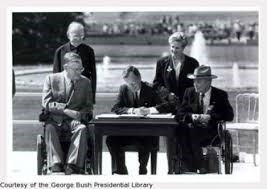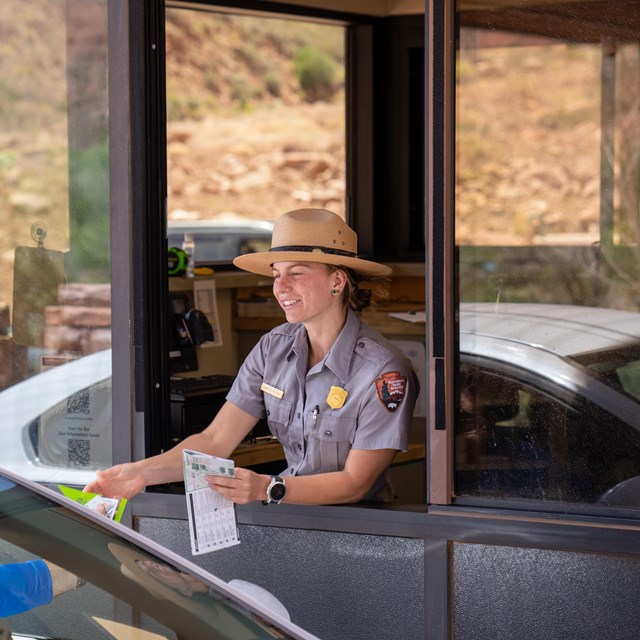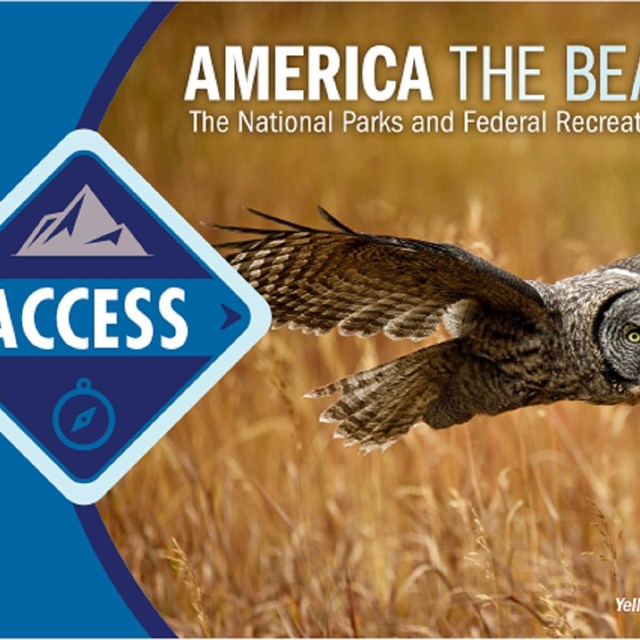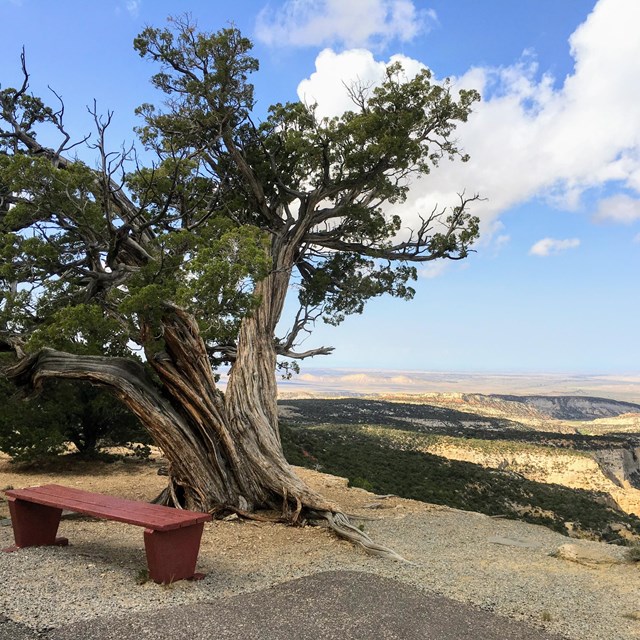
The NPS not only works to make parks accessible to those with disabilities but also interprets disability history. The Disability History series brings attention to some of the many disability stories interwoven across more than 400 national parks and National Park Service programs. “Disability stories” refer to the array of experiences by, from, and about people with disabilities represented across our nation. People with disabilities are the largest minority in the United States, but their stories often remain untold. Explore these stories to learn more.
-
 All In!Accessibility Strategy
All In!Accessibility StrategyNPS Strategy from improving accessibility from 2015-2020
-
 America the BeautifulInteragency Access Pass
America the BeautifulInteragency Access PassLink to NPS America the Beautiful—National Parks and Federal Recreational Lands Access Pass
-
 Bench with a ViewPlan Your Visit
Bench with a ViewPlan Your VisitDiscover accessible features in parks and learn more about what we do to provide accessibility across the National Park System.
Last updated: November 26, 2024
